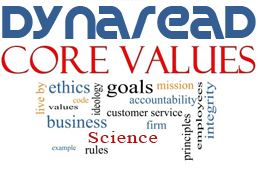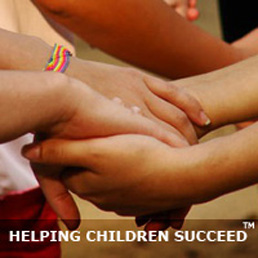by Dynaread
Working memory is a cognitive system that allows one to store and retrieve information temporarily as you work with it. The digit span test allows us to better understand the effectiveness of working memory. Sometimes working memory is also called short-term memory since it refers to being able to remember bits of information for a short amount of time. An excellent, albeit dated, example is repeating a telephone number to yourself from the phonebook to the phone so that you can remember what numbers to dial. Ok, I know our phones take care of remembering phone numbers for us nowadays, but such abilities are still important. Perhaps a more contemporary example is remembering a web address so you can type it into your browser window. Working memory is also important for reading. As we read, we must remember words from earlier in the sentence to make sense of words later in the sentence. If working memory is not functioning properly how would you be able to remember information from beginning of the sentence to the end of the sentence and make sense of it all. We must remember information over time to understand the sentence, the paragraph, and the story.
An excellent way to know how effectively a child is taking in, processing and retrieving information for use within working memory is to administer a digit span test. Simply put, how many digits presented in a row can one remember? This list can be forwards and backwards, and visually or verbally. And though, not a specific reading skill, understanding more about digit span and what it tells us can help us better understand some reading struggles. And better yet, it can help us better understand how to overcome various struggles. Given that reading comprehension takes a relatively rapid pace in order to keep track of words and related thoughts and concepts throughout the sentence it is important to know if there are any working memory problems.
Remember that reading comprehension requires a rapid pace in order to keep track of words and thoughts throughout the sentence overtime. If there is a problem remembering too few numbers in the digit span test, we know to investigate, and alleviate if possible, working memory problems. Fortunately working memory testing and training is not specifically related to number lists. There are beneficial working memory training programs that use other stimuli such as words, colors and shapes. Please know that Dynaread uses a memory span training test composed of sounds and colors to help improve working memory. When combining improvements in working memory with the filling of the fast reading route and phonological decoding skills it is possible to improve reading on multiple levels — approaches that are all incorporated into Dynaread.
Interestingly, when examining digit span in struggling readers and controls, the difference does not seem that large. That is, non-struggling reader typically recalled, on average, 5.6 words compared to struggling readers who recalled in average 4.3 words. It seems this 1.3 word average is important, and likely relates to a range of 1-2 fewer words recalled. Can you imagine only remembering the first three words of a sentence? It would be very difficult to follow to flow through the sentence while reading. Being able to keep track of 5-6 items in sequence and context translates to more comprehensive reading. Thus working to strengthen digit span should nicely translate into increased reading comprehension.

![]() Our Dynaread team members are required to hold themselves accountable for serving our clients in adherence with our core values...
Our Dynaread team members are required to hold themselves accountable for serving our clients in adherence with our core values...
Contribute with scientific and overall integrity.
Retain the focus on the needs of each individual child.

Dynaread has been developed in the trenches of actual remediation, with our feet firmly planted on the ground. Scientific research is essential (and we consistently use it), but we also understand the realities at home and in school. Not all homes have two parents, not all Dad's or Mom's are always home, there is oftentimes no money, schools lack staff or funding. We listen, we observe, we discuss, and we build the best solutions we can for older (ages 7+) struggling readers.
